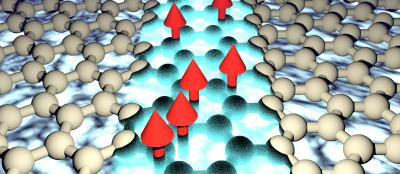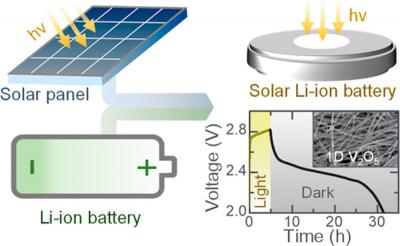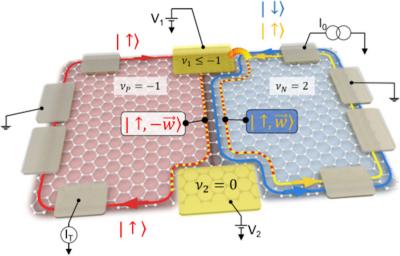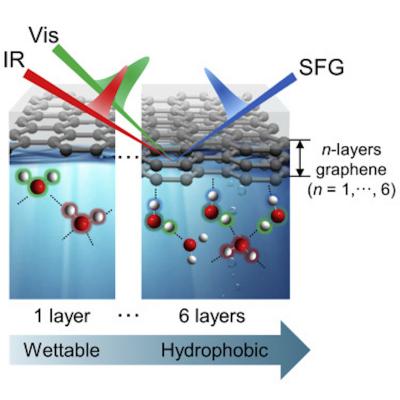G6 Materials reported its financial results for Q1 2021
G6 Materials (Formerly called Graphene 3D Lab) announced its financial results for Q1 2021, with revenues of $263,425 CAD and a net loss of $321,152.

Looking back at the last nine-month period (ended February 28, 2021), G6's revenues were $1.94 million CAD, up 276% from $515,930 in the prior year. The increase in revenues was attributed to consulting services provided to third-party clients, the ongoing sale of the Company’s air purification products and the receipt of a one-time payment as per the terms of a license and option agreement.





